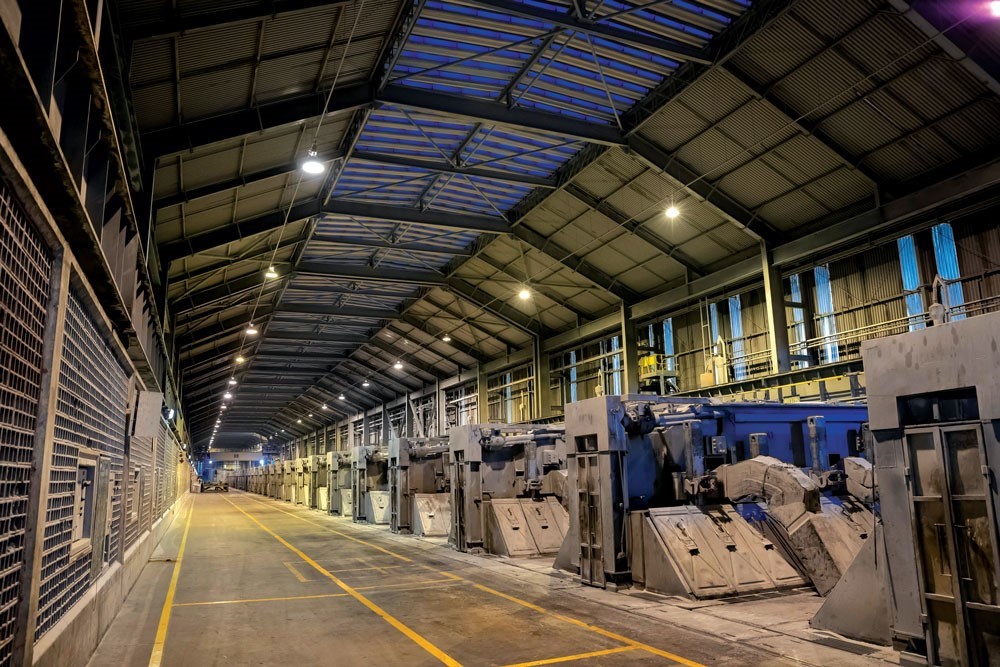

South32, a globally diversified mining and metals company, is reportedly installing P3XLE energy efficiency technology at its Hillside Aluminium smelter in South Africa to reduce greenhouse gas emissions substantially. This move is part of the company's deliberate effort to move away from carbon-intensive energy.

Commenting on this, South32 CEO Graham Kerr said at the annual general meeting (AGM), "As part of our transition away from carbon-intensive energy, we remain mindful of the need to support a fair and just transition for the smelter's workforce, local communities, and the broader South African economy."
Kerr also said that switching to a lower-carbon energy source would be an ideal solution for decarbonisation at Hillside smelter. However, the phenomenon involves challenges, particularly when it comes to developing large-scale renewable and low-carbon energy sources in South Africa.
Thus, Hillside is extensively exploring potential solutions to reduce Hillside's emission intensity in the near term. Acquiring nuclear energy is one such solution South32 is eyeing.
Recently, the mining company has signed a non-binding memorandum of understanding with Eskom to source nuclear energy from Koeberg nuclear facilities in the Western Cape.
Hillside and Eskom share a strong bond. Their power agreement is based on allowing Hillside to continue supplying aluminium to Europe, particularly in light of the carbon border adjustment mechanism (CBAM) coming into place.
Kerr described this agreement as an excellent move to ultimately replace coal-fired power energy with renewables while maintaining the smelter's operation.
Hillside aluminium plays a vital role in driving the South African economy by contributing R9.9 billion to gross domestic product. In addition, the smelter supports more than 31,000 jobs (both direct and indirect).
"We're very conscious about transitioning in a way that involves us engaging heavily with the government at national level but also at provincial KwaZulu-Natal level and employee level. This is a medium- to long-term fix which requires us to push in the right direction," said Kerr.
Meanwhile, deploying AP3XLE energy efficiency technology will allow Hillside to produce the same amount of aluminium but with less electricity and thus, emitting lesser carbon.
Integrating renewable and clean energy sources in smelting is a primary focus to achieve net-zero by 2050 across the world. To know the sustainability initiatives in the primary aluminium industry, read our report: “Sustainability in the Global Aluminium Industry”.
Responses








